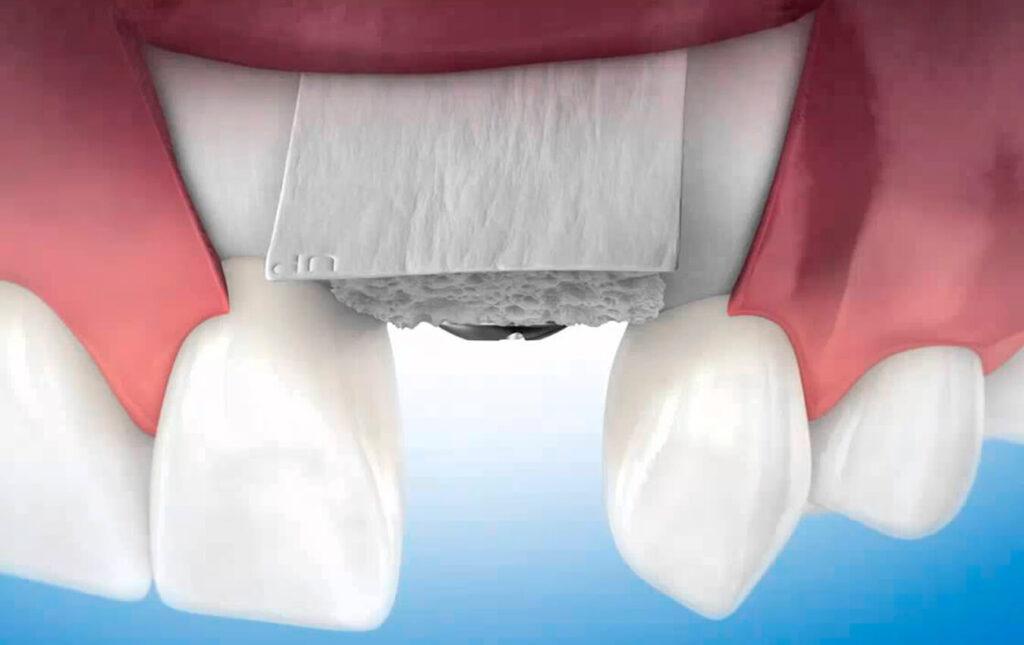
Benefits
- Soft tissue grafts replace missing thick tissue
- They cover roots or develop gum tissue where absent due to excessive gingival recession
- They can reduce further recession and bone loss
Who is this procedure for?
This procedure is aimed at people with exposed tooth roots. They can choose to have soft tissue graft for two reasons:
- They want to enhance their smile by covering these roots that make the teeth appear too long
- The exposed roots are very sensitive to extreme cold or hot liquids and foods.
What happens before the procedure?
If you need a soft tissue graft, the dentist will give you local anesthesia to numb both the area where the soft tissue graft is needed and the area from where the tissue will be removed.
What happens during the procedure?
There are two types of soft tissue graft: soft tissue graft and connective tissue graft. Soft tissue grafting means taking a small piece of tissue from the surface skin on the roof of the mouth and transplanting it to the areas that need the graft. This way the missing thick keratinized gingival is restored and augmented; however, this procedure does not cover the exposed root. In order to cover it you will need a connective tissue graft. In this case the dentist makes tiny incisions in the roof of the mouth and takes tissue from the undersurface. This tissue helps restore the missing thick keratinized gum tissue, but also covers exposed roots.
What happens after the procedure?
Depending on the patient, the recovery can take from 3 to 16 weeks. The dentist will prescribe you antibiotics, pain medication and will advise you on how to use antibacterial mouthwash. You will need to avoid certain foods; putting pressure on the area until it does not heal is strictly contraindicated. If you wear dentures you will not be able to wear them for one month.

